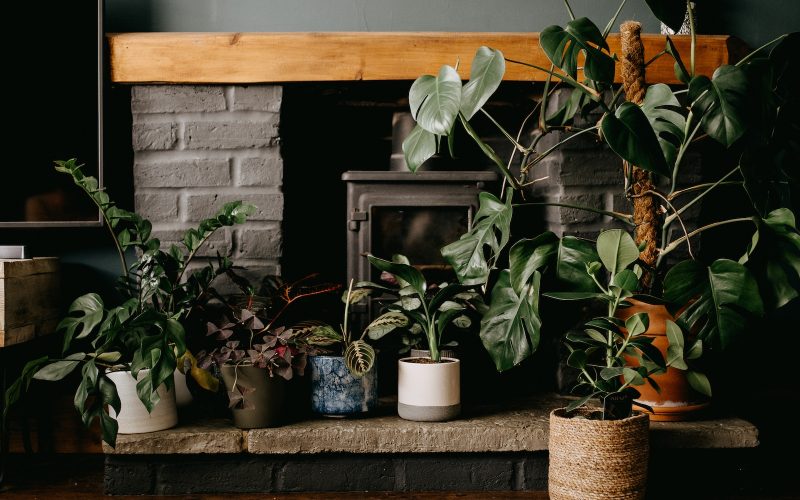The challenges of some of the best houseplants for low light are constant for indoor gardeners.
Even plants that thrive in the shade outdoors typically require more light when grown indoors, and this can be challenging unless you provide auxiliary lighting.
However, not everything is lost. Some types of houseplants do well in low-light environments.
Here are some of the best houseplants for low light.
1. Lucky Bamboo
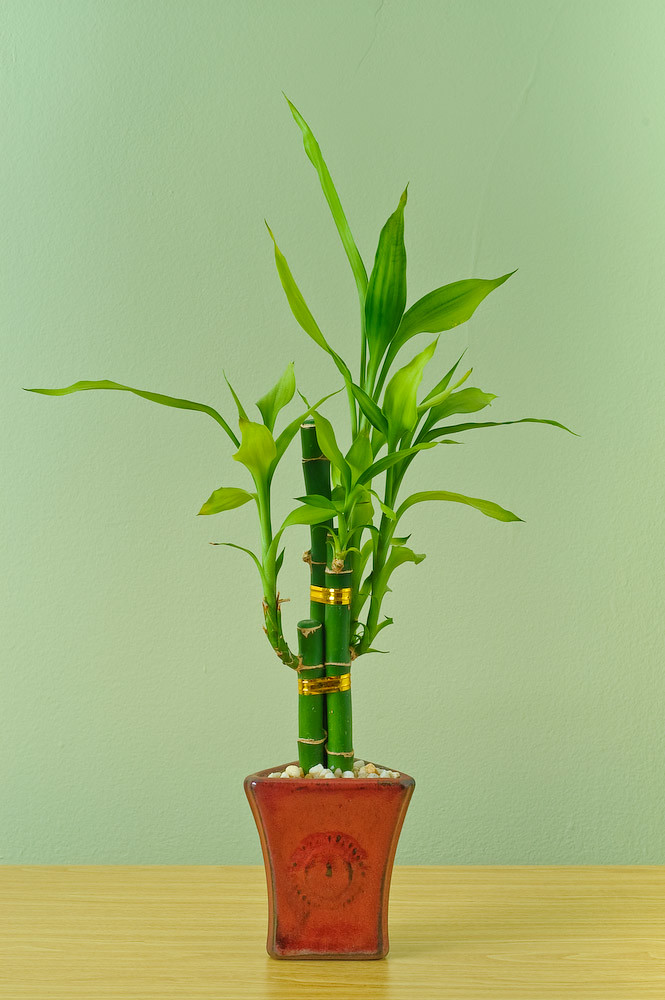
Lucky bamboo plants, one of the low-light plants, can be found in many homes and offices and are grown in soil or water.
Also, Lucky bamboo plants are a crucial component of feng shui practice and are believed to bring luck and fortune, especially if given to you as a gift.
They have a well-deserved reputation for being almost unbeatable, which also helps.
Although lucky bamboo prefers some light, it can survive in environments with almost complete shade.
Just be sure they’re not close to your house’s windows or other drafty areas. Additionally, keep them away from pets as they do possess toxic qualities.
2. Aluminum Plant
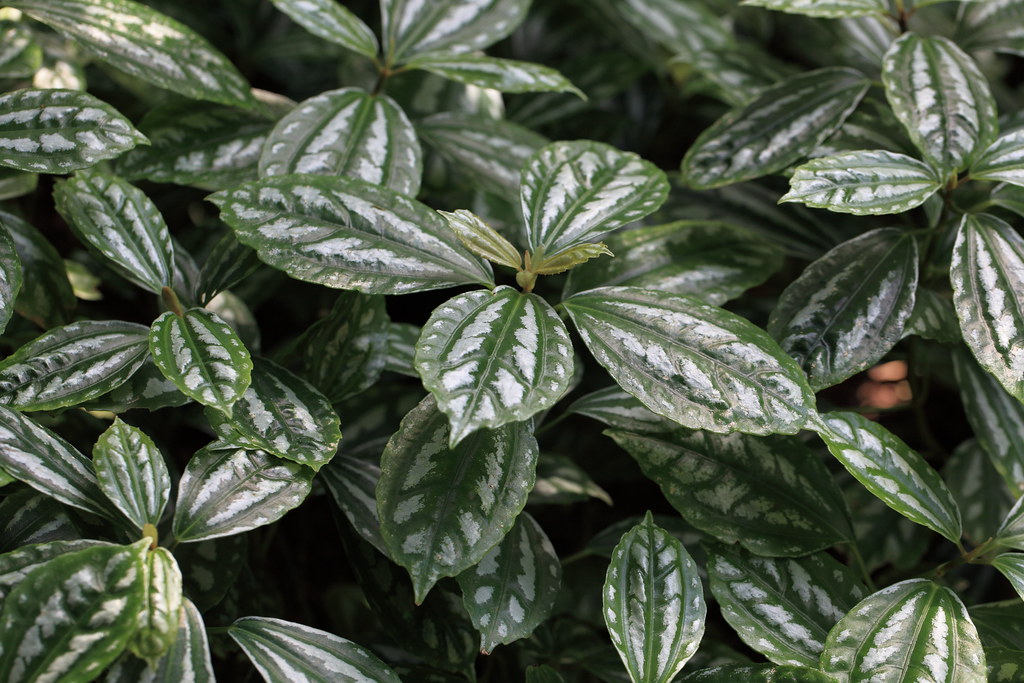
To draw attention to the metallic and reflective elements of your entertaining spaces, such as table legs, chrome and art frames, glass surfaces, and vases, use the silvery accents on the green leaves of the aluminum plant (Pilea cadierei).
An aluminum plant growing in a small pot is shown on a white background. The tallest point of this tabletop beauty is 12 inches.
Use a soil-based potting mixture, and mist your pot occasionally, or place it on a bed of wet pebbles to increase the humidity around it.
Furthermore, you can occasionally pinch off the first pair or two leaves just above the next team to keep the plant compact.
This houseplant prefers a room temperature of 60 to 75 degrees Fahrenheit and a humidity of 70%.
3. Arrow Head Plant
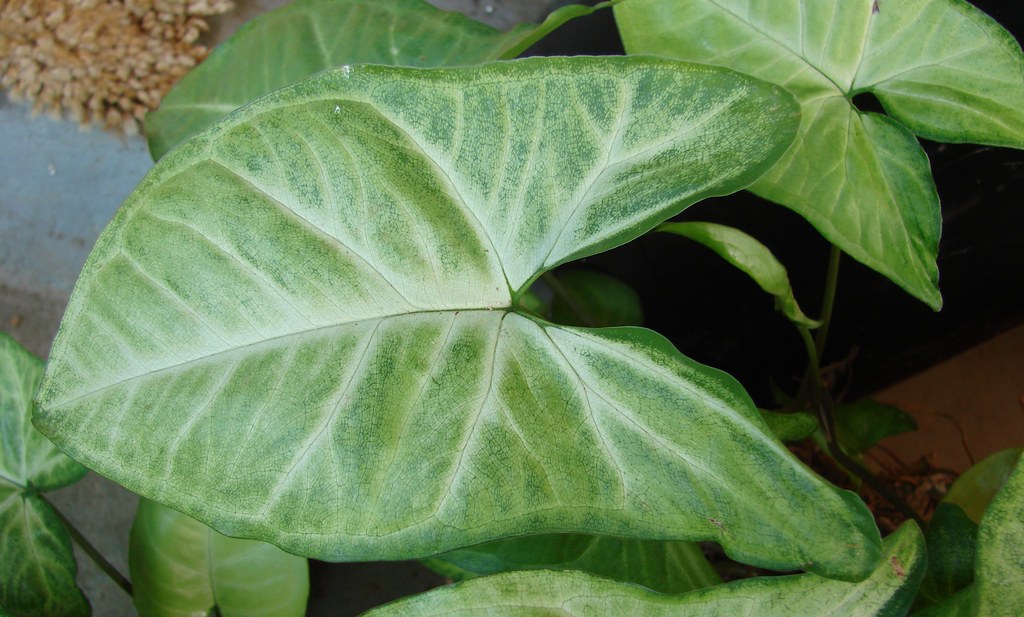
If you like how the arrowhead vine looks, you can choose from dwarf 12-inch varieties for your smaller spaces or full-sized behemoths that reach six feet.
Put one on the coffee table or arrange two in chic urns on either side of the foyer’s front door.
In a close-up, an arrowhead vine is shown growing horizontally in a green pot on a wooden surface.
The leaves of Syngonium podophyllum develop into longer, more arrowhead-shaped leaves as they mature, which is an intriguing feature that gives the plant its name.
Use a porous potting mixture and plenty of misting humidity for best results. Other than that, they are renowned for having remarkable resilience.
Furthermore, please Place them in a room with a temperature range of 60 to 85°F and a humidity of 50%.
Also, to increase the amount of moisture in the air, place the pot on a bed of wet stones, group plants, or, if necessary, use a humidifier.
Avoid mistreating plants in very dark areas because doing so could increase the likelihood of fungus growth.
As directed by the product, fertilize monthly with liquid or granular fertilizer.
Also, the popular cultivar “White Butterfly” has broad, light-green leaves with darker-green edges.
4. Spider Plant

One of the most adaptable and simple-to-grow indoor plants is the spider plant.
Its spider-like offshoots, known as spiderettes, which hang down from the parent plant like spiders on a web, are the reason for its common name.
In pots or baskets, spider plants can be grown as trailing or hanging plants.
Even less-than-ideal lighting conditions, such as artificial light, can persist for long. Water the soil frequently to keep it from drying out.
5. Golden Pothos

Golden pothos can grow in environments where no other plants can, such as ones with very little light and almost no water.
Its appealing, robust, and simple-to-grow vines with heart-shaped leaves that are smooth, leathery, and easy to grow have made it one of the most well-liked indoor plants.
Also, some varieties have green stems resembling ropes and alternate with leaves with distinctive marbling.
To keep the vines from becoming tangled, be sure to loosen and dust them occasionally.
Additionally, because it is toxic, keep pets away from this plant. Also, this is one of the best houseplants for low light.
6. Snake Plant

Some of the best houseplants for low light you can grow are the Sansevieria species. They have an eye-catching appearance and require very little upkeep.
The mother-in-tongue law’s or snake plant is a very resilient plant that can survive for many years.
It can tolerate quite shady conditions but prefers to grow in partial shade.
Note that animals can’t handle it. Also, be careful not to overwater it, particularly if it is not exposed to sunlight, which dries out the soil. Overwatering can kill a plant by causing root rot.
7. Staghorn Fern
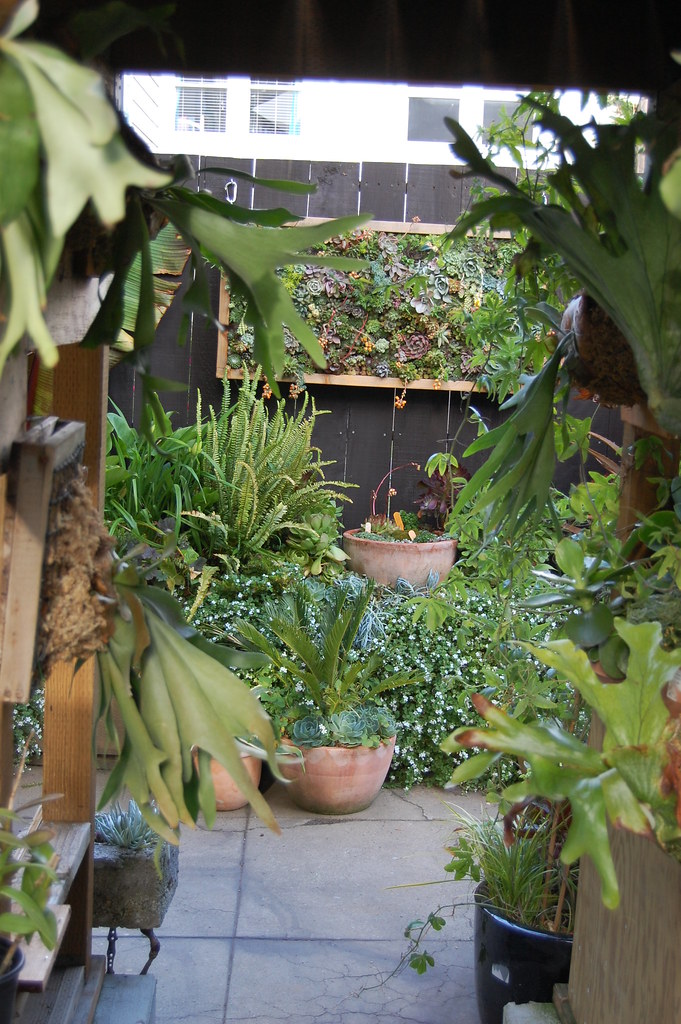
Because staghorn ferns are epiphytic, they naturally grow on other plants instead of in soil.
They can grow mounted on wooden boards when used as a houseplant, creating stunning works of natural art.
They can become burned in bright sunlight and prefer shaded areas.
Don’t forget to let them dry out in between waterings. Furthermore, this is one of the best houseplants for low light.
8. English Ivy
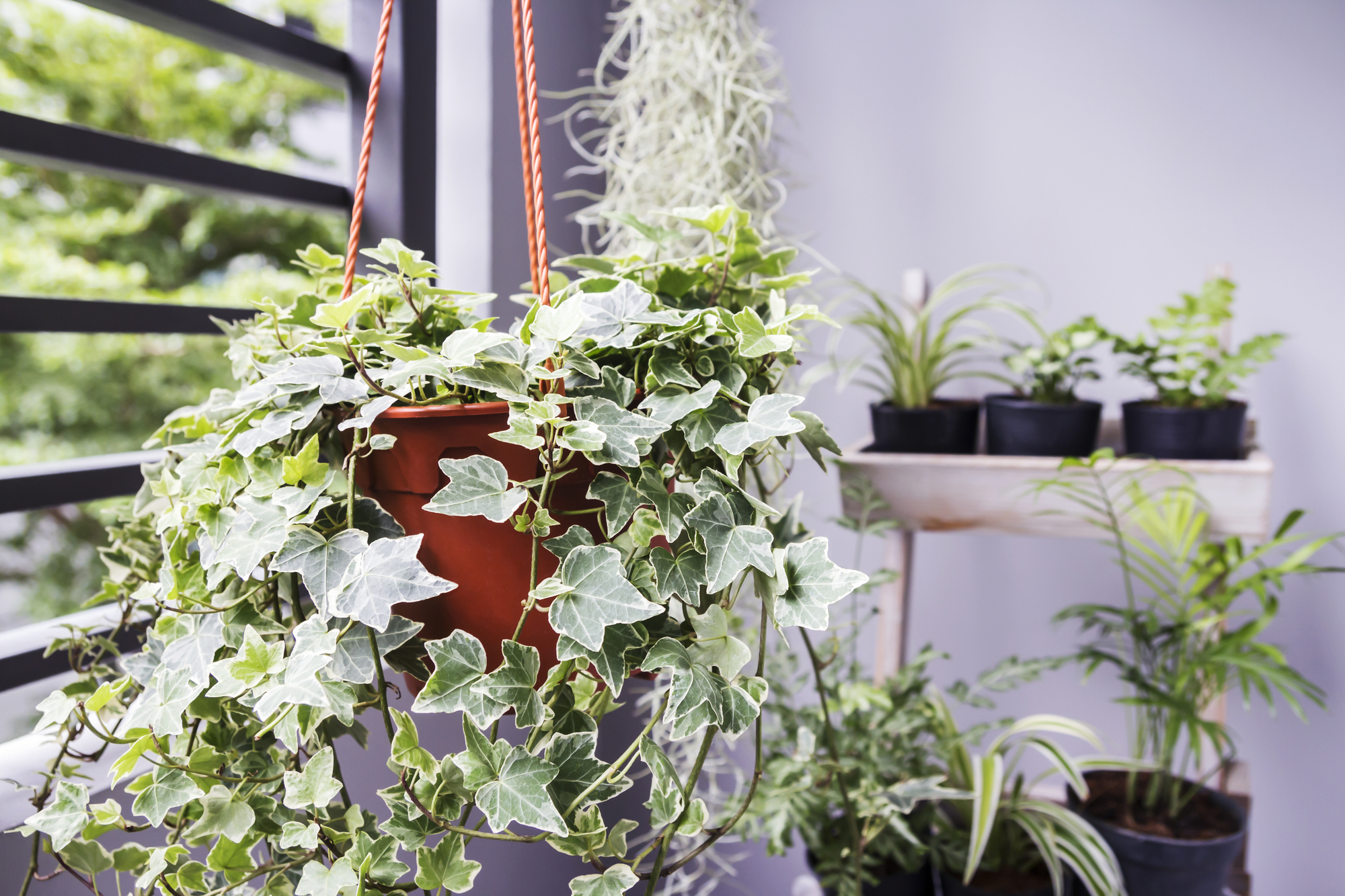
When grown in hanging baskets indoors, English ivy, which can spread as a ground cover outdoors, provides a lovely trailing effect. Put your English ivy indoors in a spot that gets filtered light.
Keep the plant misted to ensure adequate humidity, and if possible, keep it in a cool room at night (ideally around 60 degrees Fahrenheit). Additionally, watch out for pets around the plant, as it is toxic.
9. Cast Iron Plant
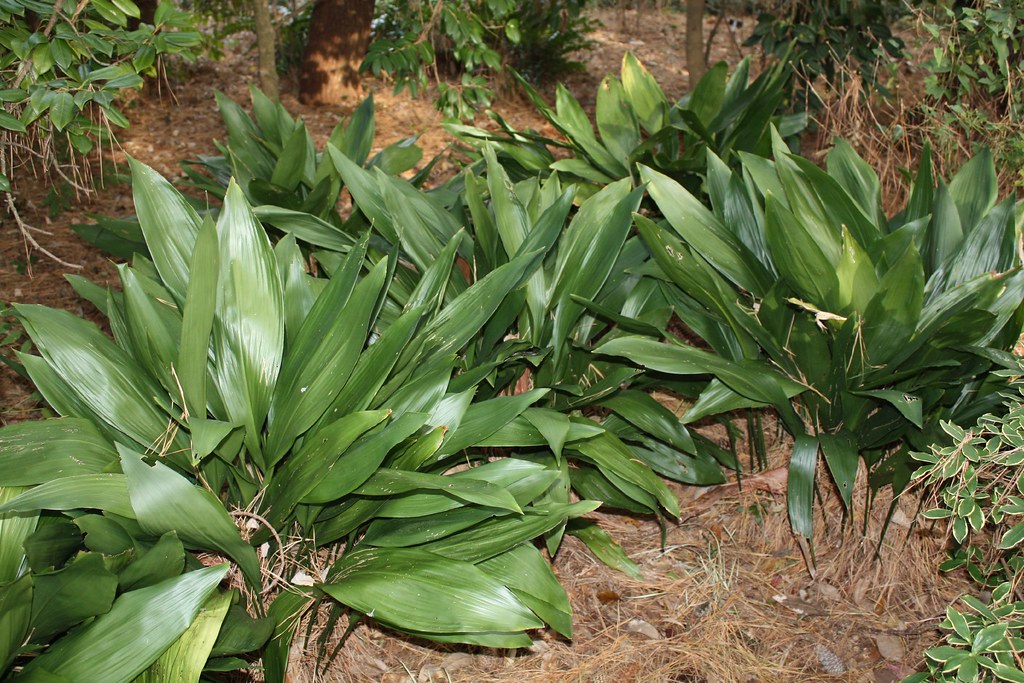
The reputation of cast iron plants as indestructible houseplants is well-deserved.
They can withstand the abuse, even a lack of water and light. But ideally, water them when you can stick your finger in the ground, and it doesn’t feel moist.
Keep them out of direct sunlight, which can burn the leaves in terms of lighting. Ideal windows face north.
10. Peace Lilly
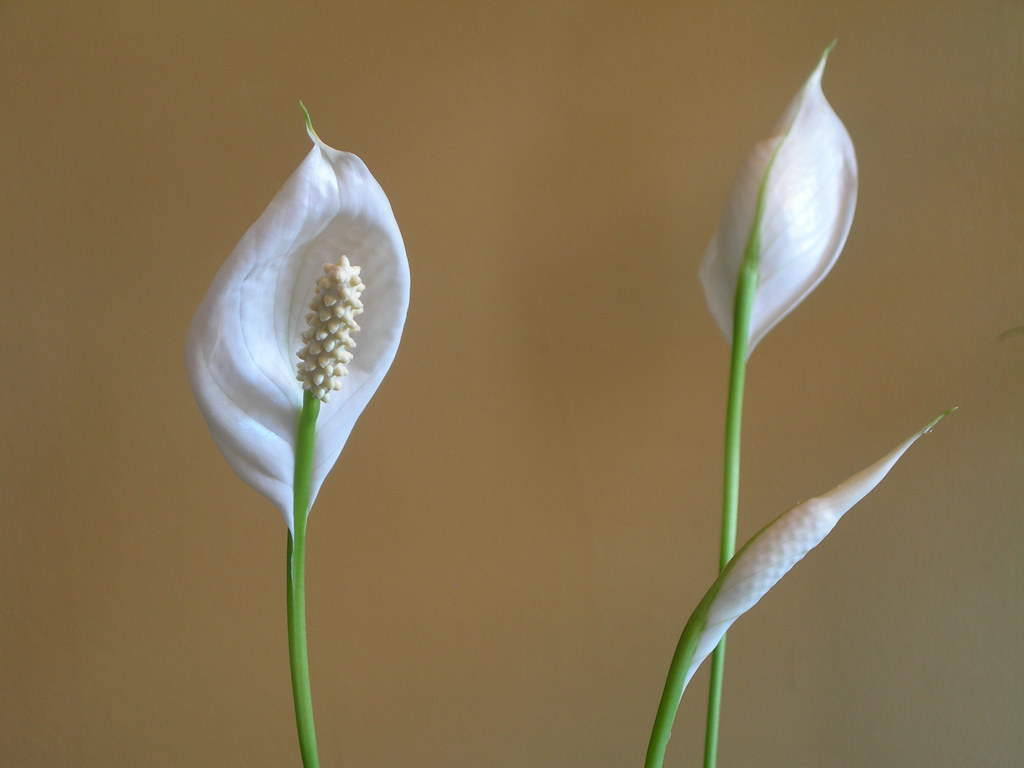
Popular low-light indoor plants that can withstand neglect include peace lilies. Large green leaves and classy white flowers are produced along with them.
They do require a lot of water. Otherwise, the foliage will wilt. Watering, however, usually revives wilted foliage. Place these shade-loving plants where they will get indirect light.
Additionally, because they are toxic, keep them away from pets. This plant is one of the best houseplants for low light.
11. ZZ Plant

The ZZ plant is a low-maintenance indoor plant that theoretically can endure even without direct sunlight.
Thus, you can find it in a lot of offices without windows. However, bright, indirect light benefits the plant the most.
You should give these plants time to dry out in between waterings as they can withstand drought well. They are toxic, so keep pets away from them.
12. Philodendron
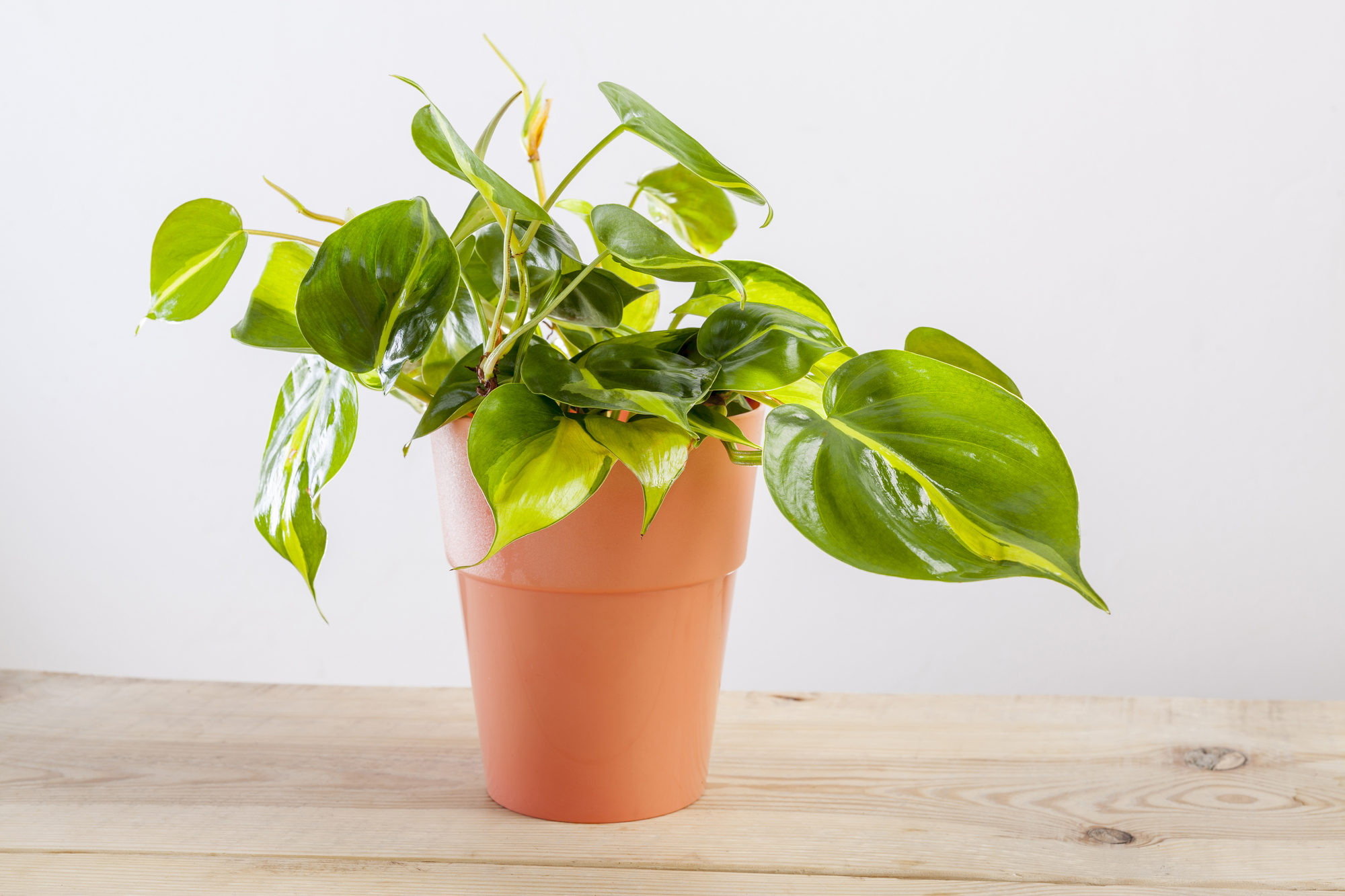
Due to their low maintenance requirements and capacity to give a room a jungle-like feel with their long, green vines, philodendrons are common houseplants.
To keep the vines looking their best, dust them frequently. A window that lets in bright but filtered sunlight is ideal indoors for lighting.
Although they can survive in low-light conditions, these plants may develop leggy stems and sparse foliage. Because philodendrons are toxic, keep pets away from them.
13. Artillery Plant
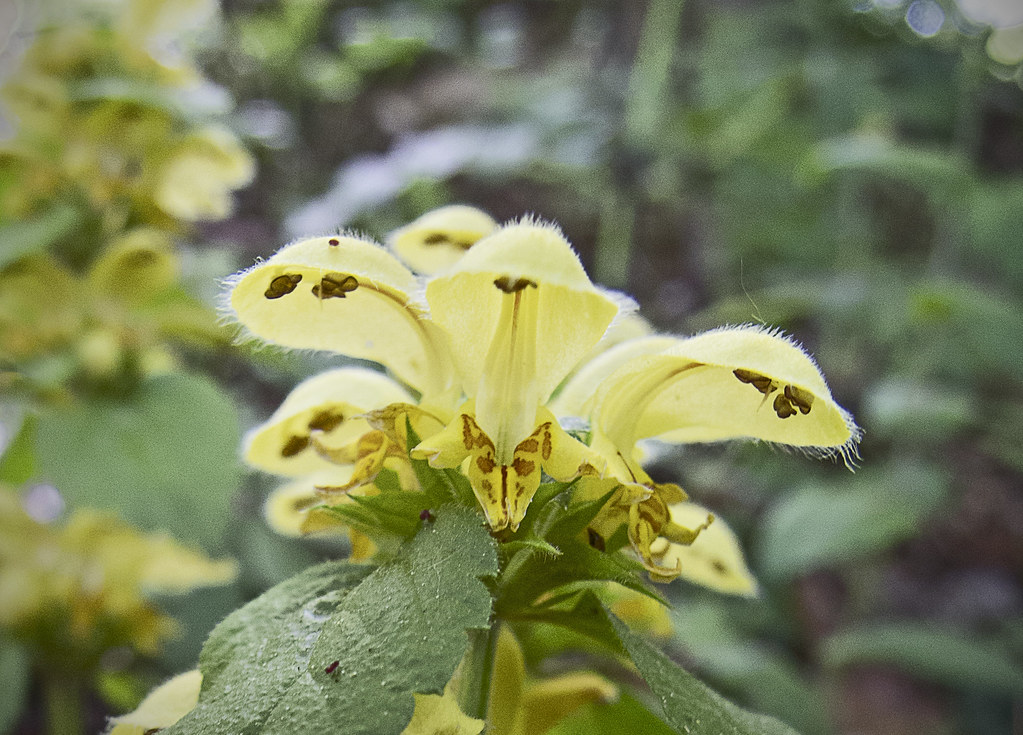
You wouldn’t anticipate the artillery plant’s adorable, tiny green leaves and unassuming appearance from something with such a powerful name (Pilea microphylla). It is a tiny pleasure, with a maximum height of just six to twelve inches.
Close-cropped pots can soften the look of a square-edged end table, meandering masses on a bookshelf can add cottage charm, or you can put it in a pot underneath taller specimens to add texture and interest.
14. Broadleaf Lady Palm
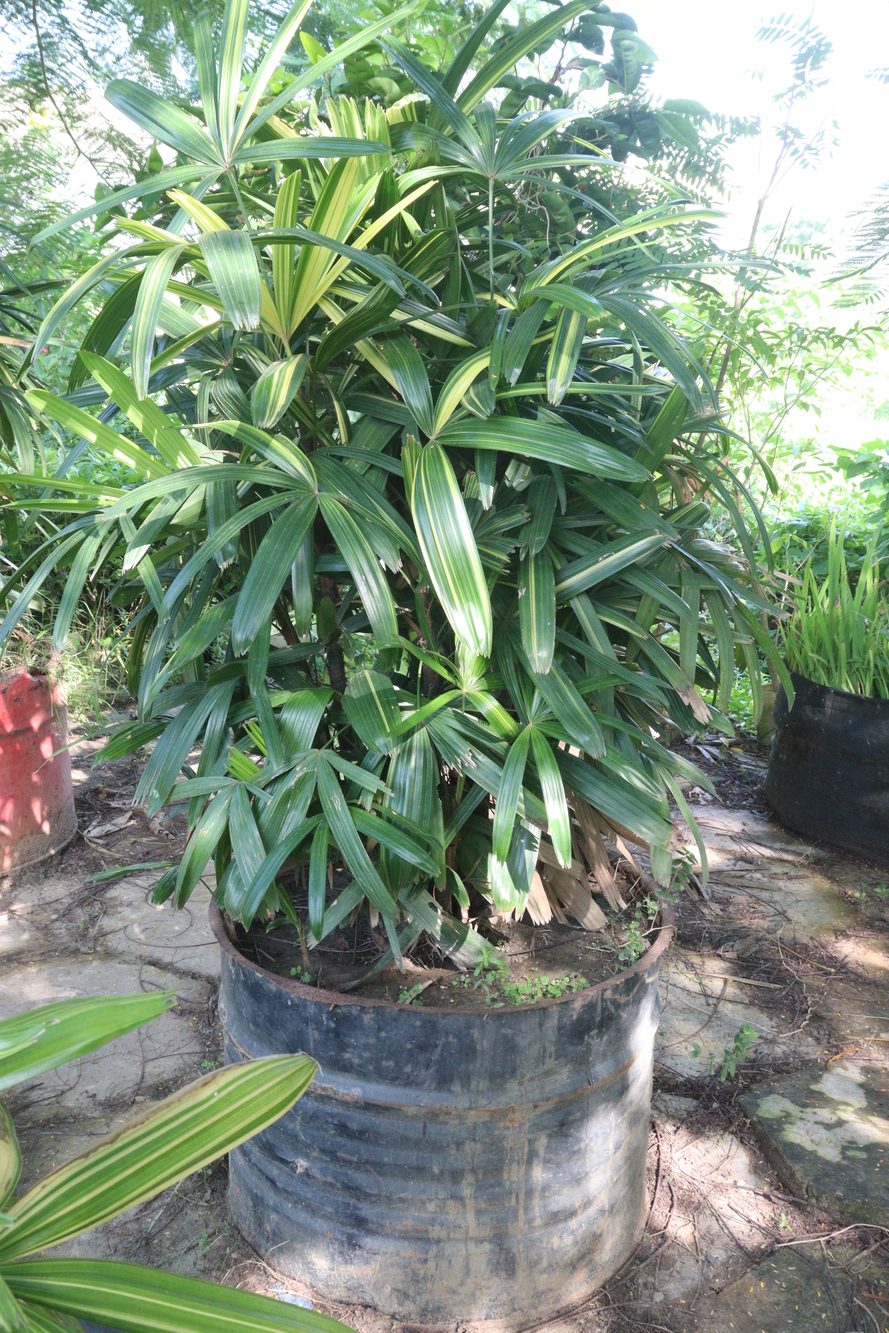
Another eye-catching plant is the lady palm (Rhapis excelsa), which grows to a mature height of about six feet.
When you brush past, thin, woody stalks topped with fan-shaped, spiky leaf fronds make a soft rustling sound.
It’s the ideal textural complement to modern interiors with leather furniture.
A large lady palm growing outdoors in a shaded area is shown in a close-up horizontal perspective.
While indoor plants rarely bloom, you might still be rewarded with tiny white blossoms and ornamental fruits.
Your lady palm will flourish for many years if you provide a temperate indoor climate, moderate humidity, an organically rich potting medium, and even moisture.
During the growing season, maintain uniform moisture levels. Before watering in the winter, you can let the top inch of the soil dry out. This is one of the best houseplants for low light.
15. Anthurium

Tropical plants in the Anthurium genus have vivid flowers and thick foliage.
Also, high humidity and consistently moist but not soggy soil are ideal conditions for these plants to grow indoors.
The perfect location will have plenty of indirect, bright light. The leaves may burn in the direct sun. Also, their toxic nature keeps these plants away from pets.
16. Chinese Evergreen

On short stems, the Chinese evergreen has oval, glossy green leaves. These evergreens make great low-light indoor plants because they thrive in the shade.
Keep them away from direct sunlight, which can damage the foliage. Also, a variegated variety will require bright, indirect light to produce the best color if you are growing one.
However, all species can endure in shaded areas. Also, you should not give this plant to pets because it is poisonous.
17. Swiss Cheese Plant
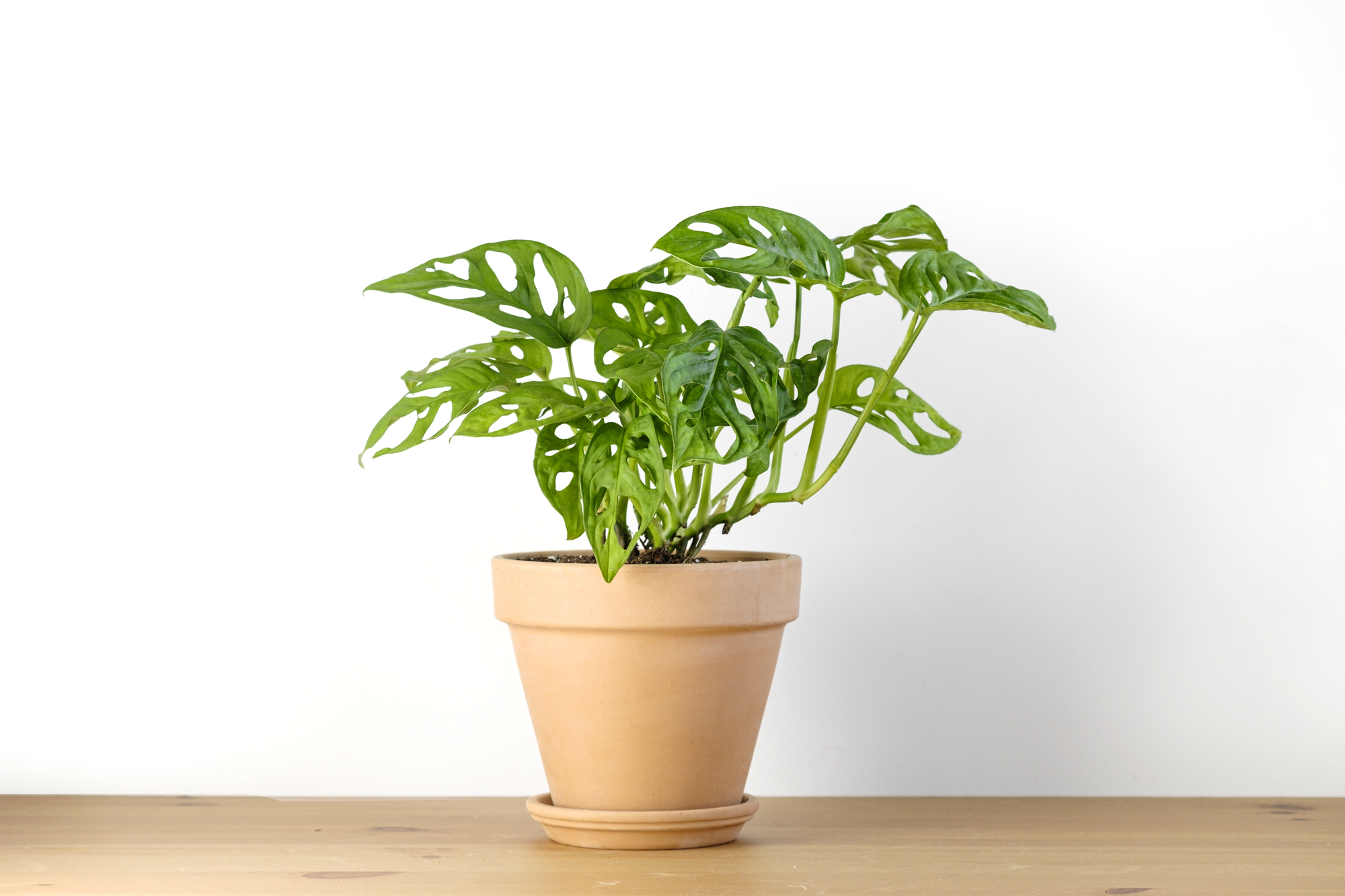
The split-leaf philodendron, also known as the Swiss cheese plant, has broad, leathery, green leaves with noticeable holes.
These plants typically thrive indoors in bright, indirect light and grow naturally in shaded environments. The foliage can be burned by too much light. Pets should avoid these plants.
18. Dracaena
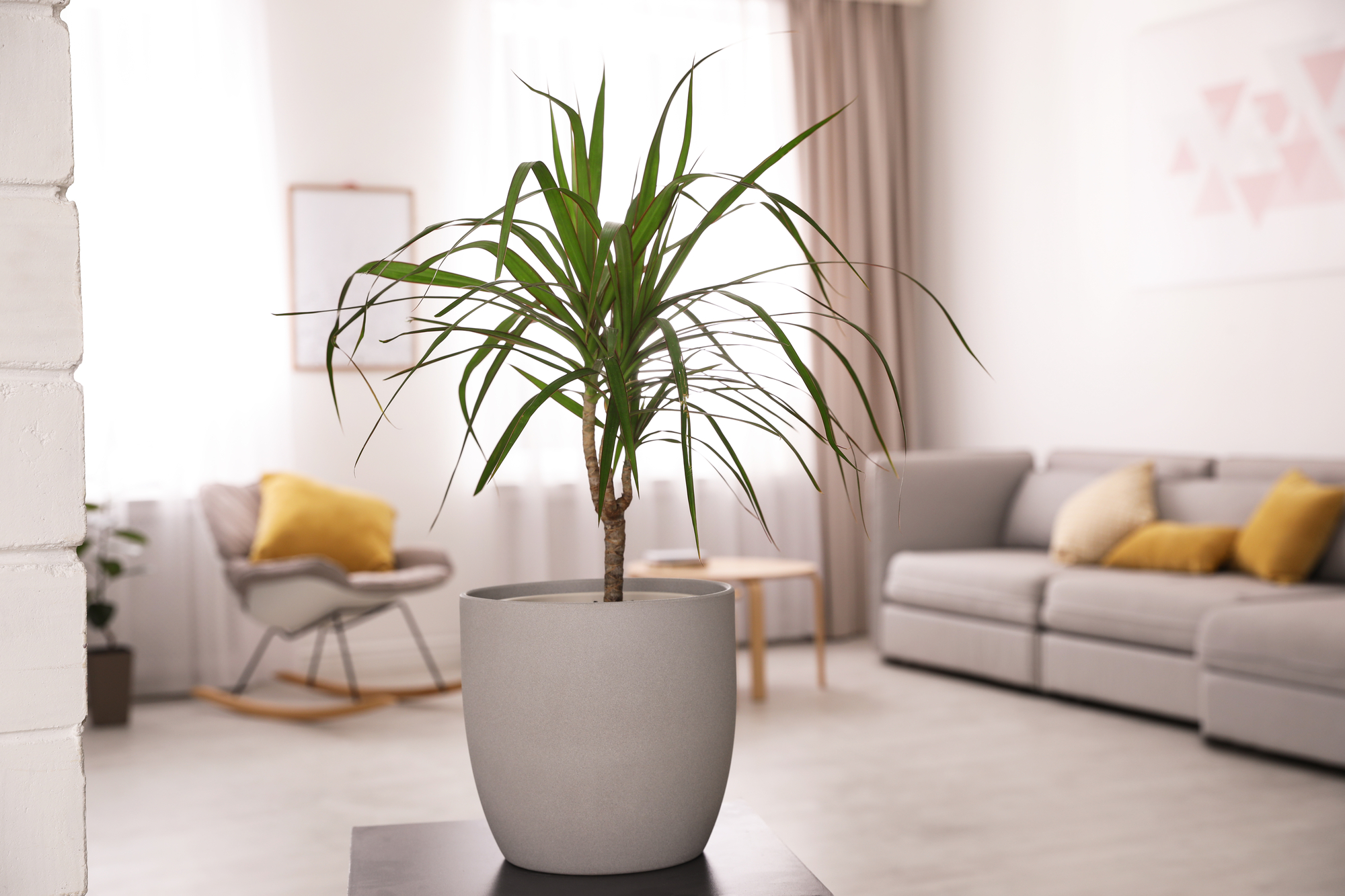
The dracaena (Dracaena spp.) genus includes a variety of plants with narrow tapered leaves that are green, red, yellow, and variegated.
An indoor lucky bamboo plant is growing close-up vertically on a small side table with a couch and ottoman to the right of the frame.
This slow grower prefers a potting medium rich in organic matter, which you can attain by adding compost or peat.
It tolerates low-light placement but prefers bright indirect light, like many houseplants. Choose green varieties and, in low-light conditions, anticipate even slower growth.
Although you can easily prune them to keep a compact form, their heights range from 12 inches to six feet.
A floor pot makes an attractive display option. This plant is one of the best houseplants for low light.
19. Prayer Plant
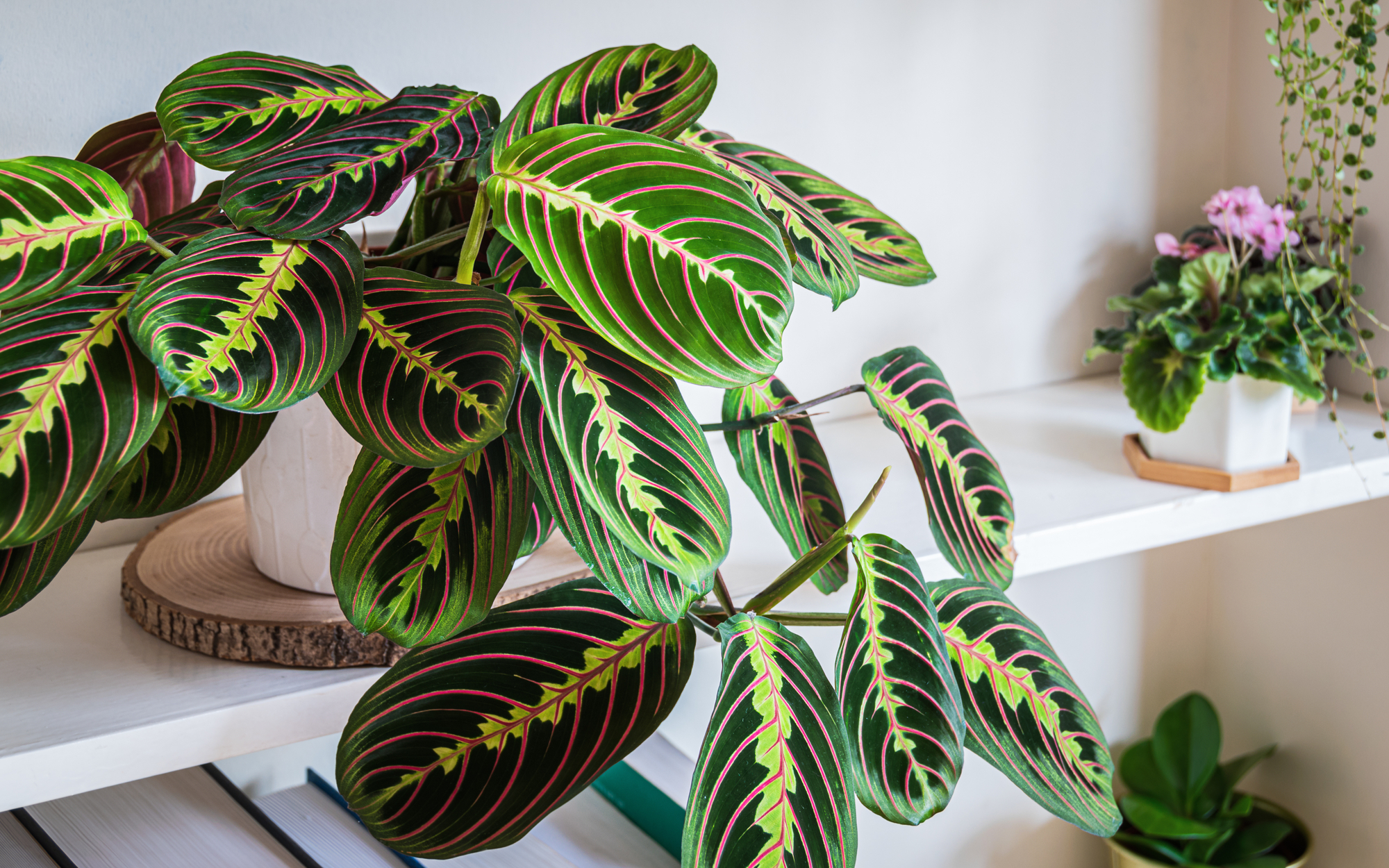
The prayer plant is a miniature tropical plant with attractive tricolored leaves that grow slowly. If you give it warmth and humidity, it grows well indoors.
Although they can tolerate low lighting, direct sunlight can burn these plants on their foliage. The ideal window receives natural, bright light.
20. Silver Pothos

The flat green leaves of silver pothos, also referred to as satin pothos, resemble those of golden pothos quite closely.
Even in dimly lit areas of buildings, these plants can survive and even thrive.
Bright, indirect light is ideal for the best leaf color, but the plant can also be grown in darker areas.
Your pothos should be misted frequently because they prefer humidity. However, because they are toxic, keep them away from pets.
21. Wax Begonia
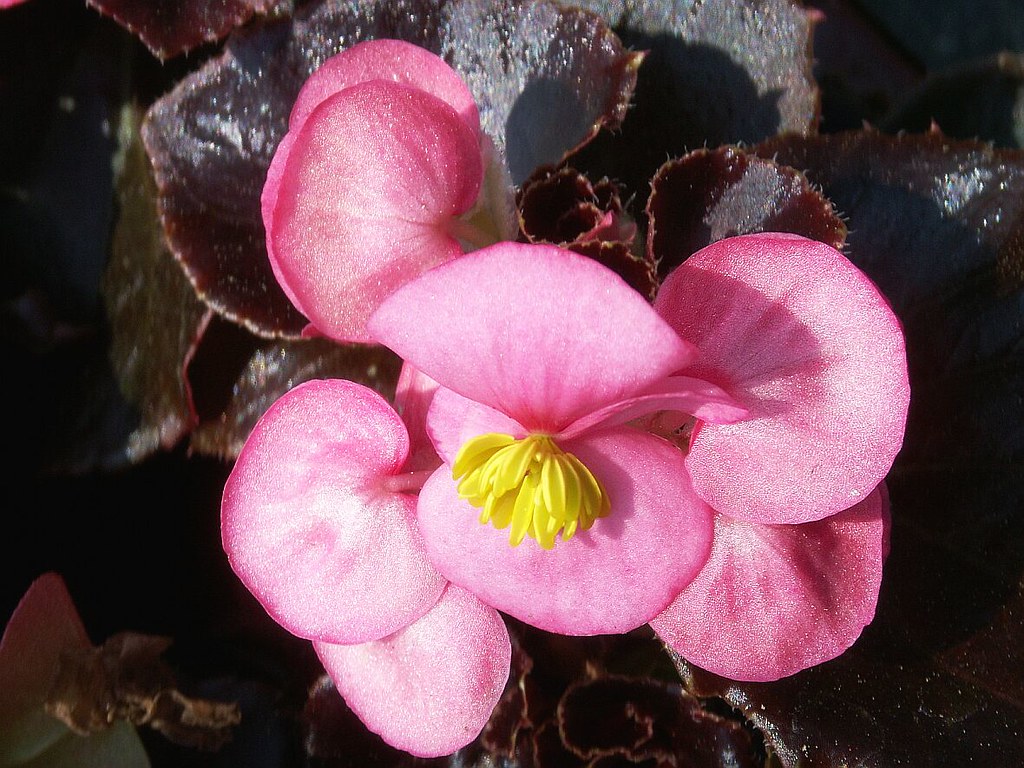
Wax begonias are adorable, colorful little plants that you can add to your collection of low-maintenance houseplants.
They enjoy some shade inside and outside because harsh sunlight makes them uncomfortable.
A bright, indirect window is ideal for best flowering but can also endure in areas with less light. However, keep them away from pets because they are toxic to them.
22. Dumb Cane
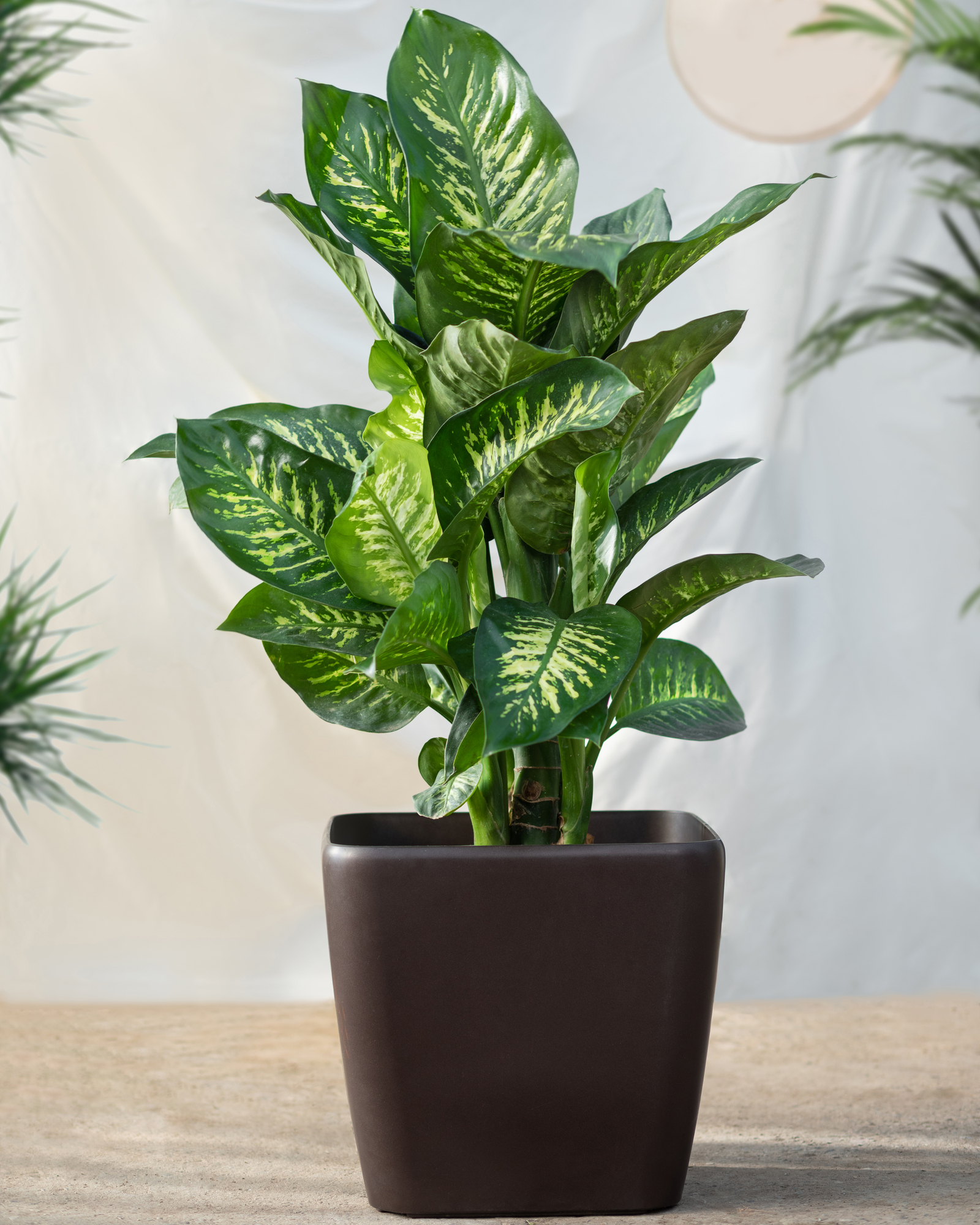
With its vivid green leaves and white marbling, dumb cane (Dieffenbachia spp.) fits the bill if you want to make a bold, tropical statement.
The leaves and sap are poisonous to humans and animals, so it comes with a dire warning.
The term “dumb cane” derives from its toxic effects on the vocal cords when consumed.
A horizontal close-up shot of a dumb cane growing in a decorative pot positioned on a windowsill.
Given that, you might want to move on to the next plant or handle this one’s display with extreme caution.
It is impressive in that it can grow to a height of up to 10 feet, giving your interior design a dramatic focal point that can compete with a baby grand piano. Dumb cane is one of the best houseplants for low light.
23. False Aralia

False Aralia (Plerandra elegantissima) is a small, slow-growing shrub-like rainforest tree. It has narrow, toothed leaves.
The undersides are copper-green, and the tops are glossy green or variegated green with white margins.
Pets are not toxic to it. A horizontal close-up of the false aralia foliage growing in a pot indoors.
Furthermore, you can enjoy a tabletop “mini-tree” for the first few years, but it will gradually grow up to eight feet tall throughout its lifetime.
False aralia thrives in evenly moist soil and is rich in organic matter, but it is pretty forgiving and won’t die when you forget to water it.
Also, it will wilt to let you know before bouncing back when it becomes thirsty.
24. Parlor Palm
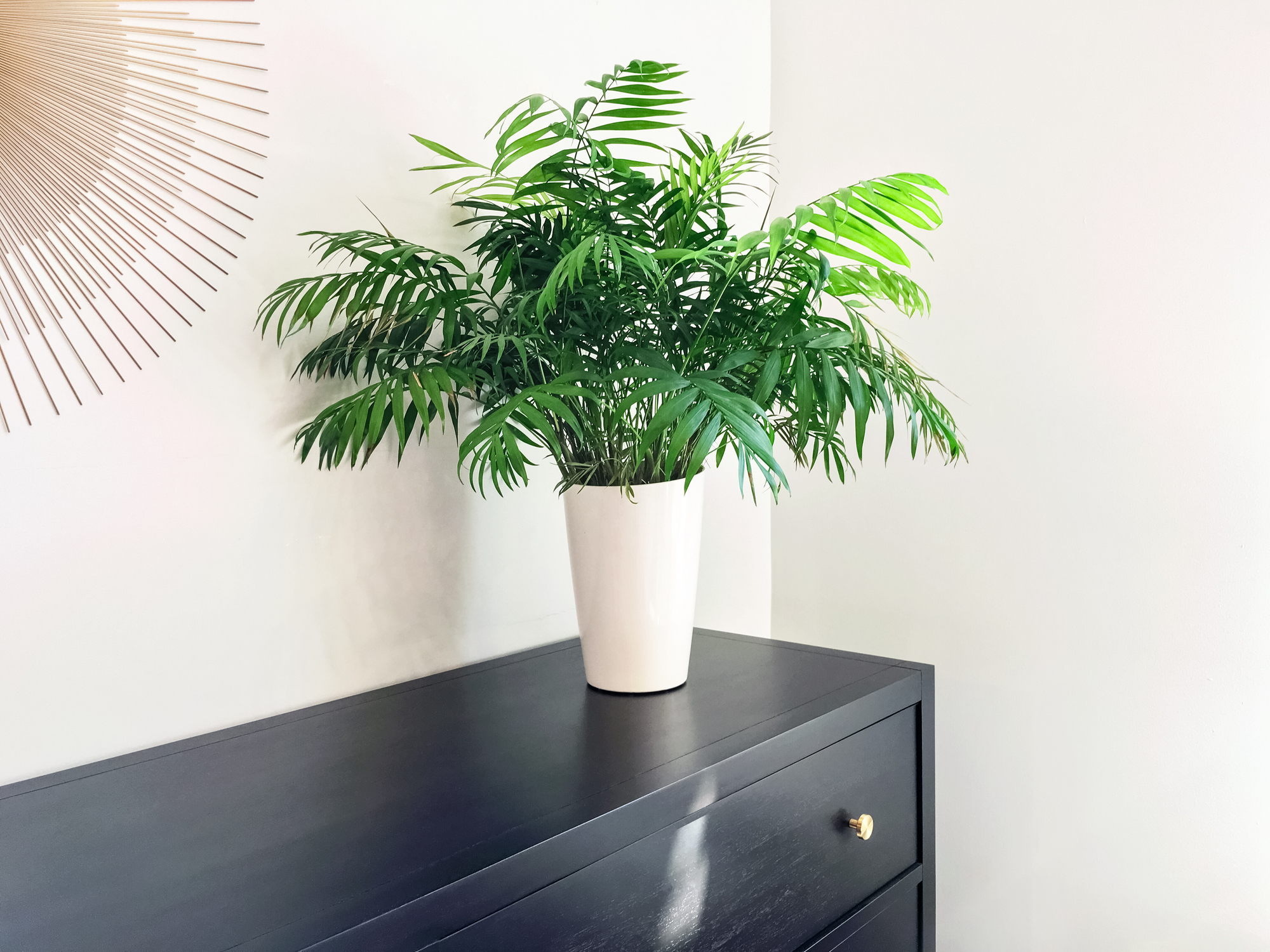
Chamaedorea Elegans, a slow-growing palm, grows to a maximum height of four feet. Its thin stems and arching, feathery leaves give off a tropical interior vibe; they resemble bamboo. Pets are safe around this species.
A parlor palm growing in a sizable pot by a window is shown up close and in the vertical position.
The parlor palm grows best in well-draining soil rich in organic matter. It dislikes dry air, so occasionally misting the leaves will help increase your home’s humidity.
During the growing season, water thoroughly to maintain soil moisture. If desired, fertilize once a month with liquid houseplant food.
In addition, you won’t need to water as frequently in the winter. In indoor cultivation, yellow flowers may occasionally appear, which is unlikely in low light.
25. Peperomia
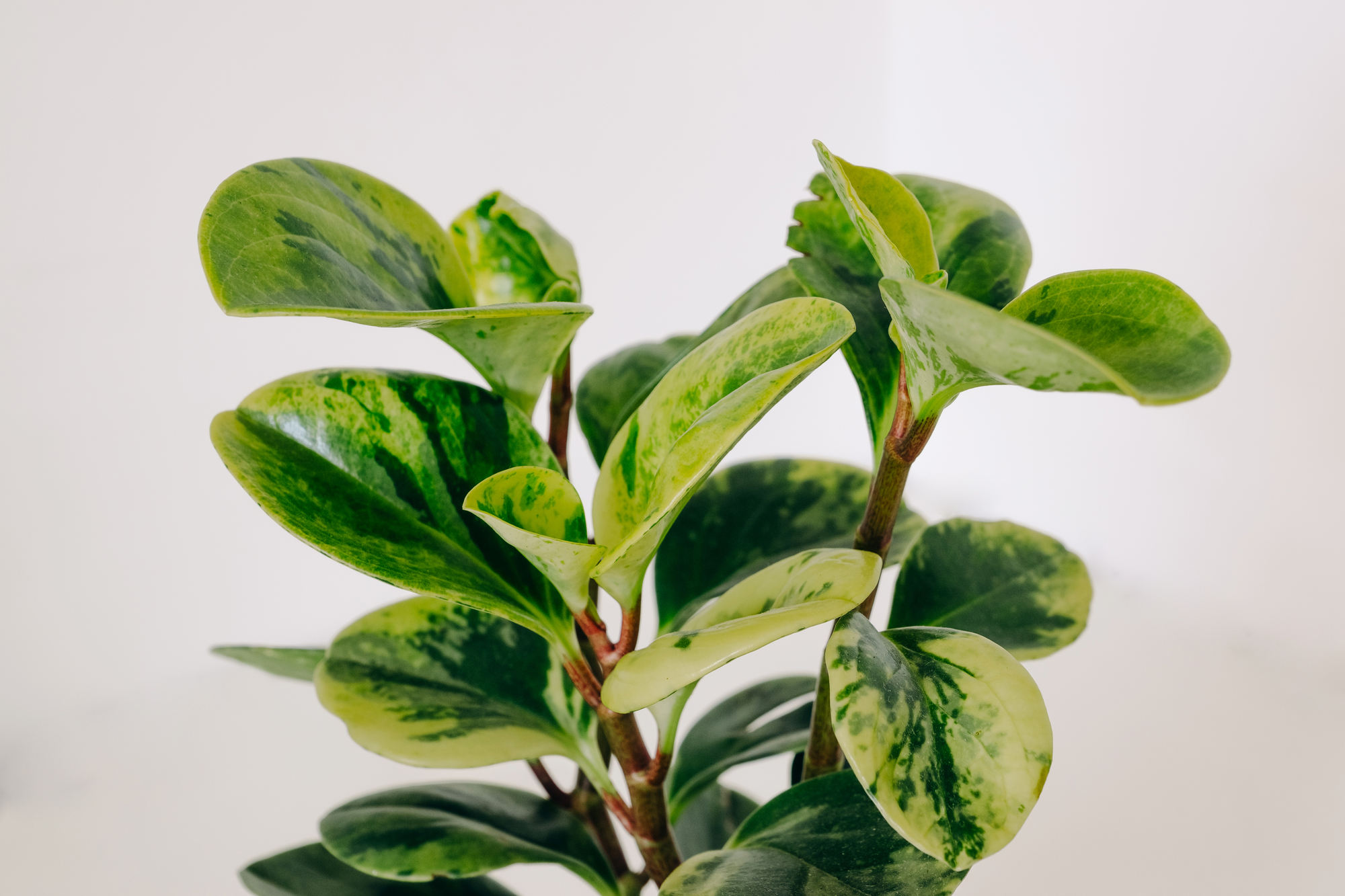
The small scale and wide range of Peperomia species open up a world of possibilities, from a collection you can display in a shallow receptacle on the coffee table to a series of pots organized on your entertainment unit shelves.
A peperomia plant is growing horizontally in close-up in a white container in a shadowy corner of a room.
According to the species, these low-profile beauties grow in clumps or creeps and are no taller than eight inches.
They prosper in a potting medium rich in organic matter, are kept evenly moist, and drain well. When you can touch the soil surface, it feels dry, water.
Do not overwater, as this can result in rotting. Peperomia is one of the best houseplants for low light.
26. Polka Dot Plant
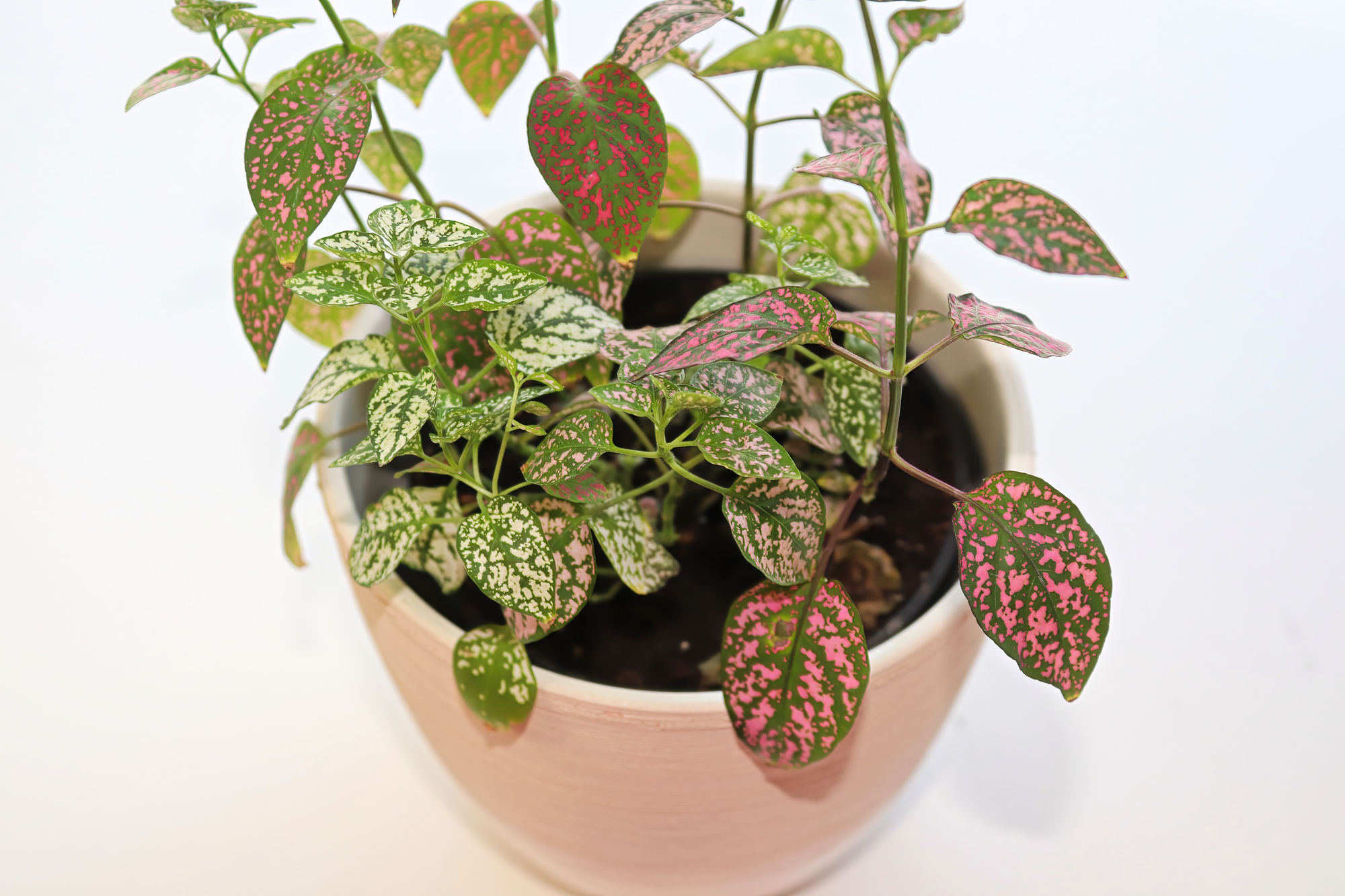
Plants with polka dots are grown for their striking foliage. Though there are other color varieties, they frequently have leaves with a pink base color and green spots.
Both inside and outside, these plants prefer some shade. The colors of the foliage can fade in too much sun. Inside, a window with an east or south face is ideal.
27. Wandering Dude (Inchplant)
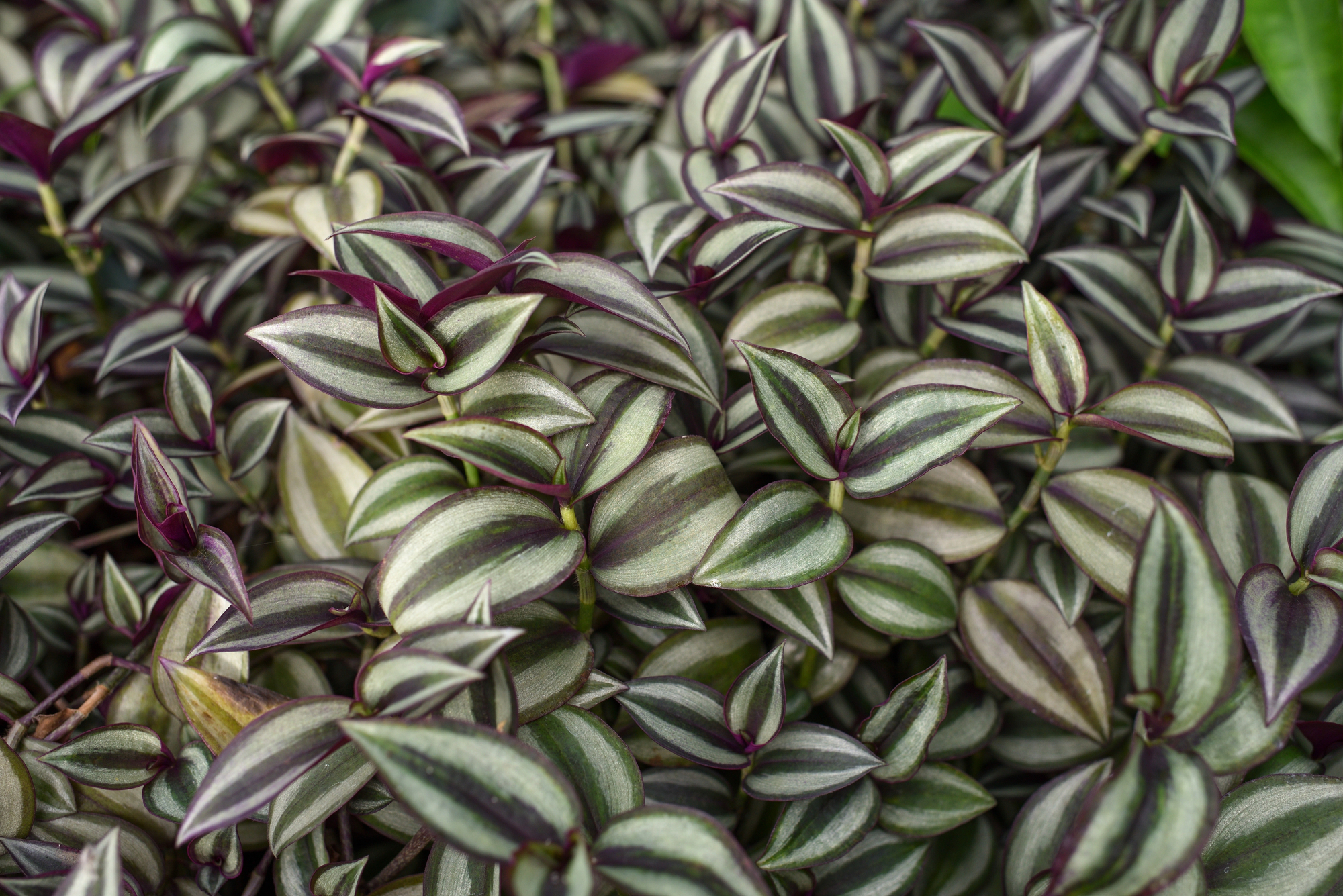
A distinguishing characteristic of the quickly expanding Wandering Dude is its ovate, striped green and silver leaves with purple undersides (Tradescantia zebrina).
Inch plant and spiderwort are other names for it because of how far apart the leaves are from one another.
This trailing beauty prefers a room temperature of 70 to 80 degrees Fahrenheit, never less than 50.
It tolerates lower light levels and bright indirect light, where its variegated colors are most striking.
Grow plants in potting soil rich in organic matter, which retains moisture and drains quickly.
Avoid overwatering and letting the top one to two inches completely dry out by applying water when they feel dry.




